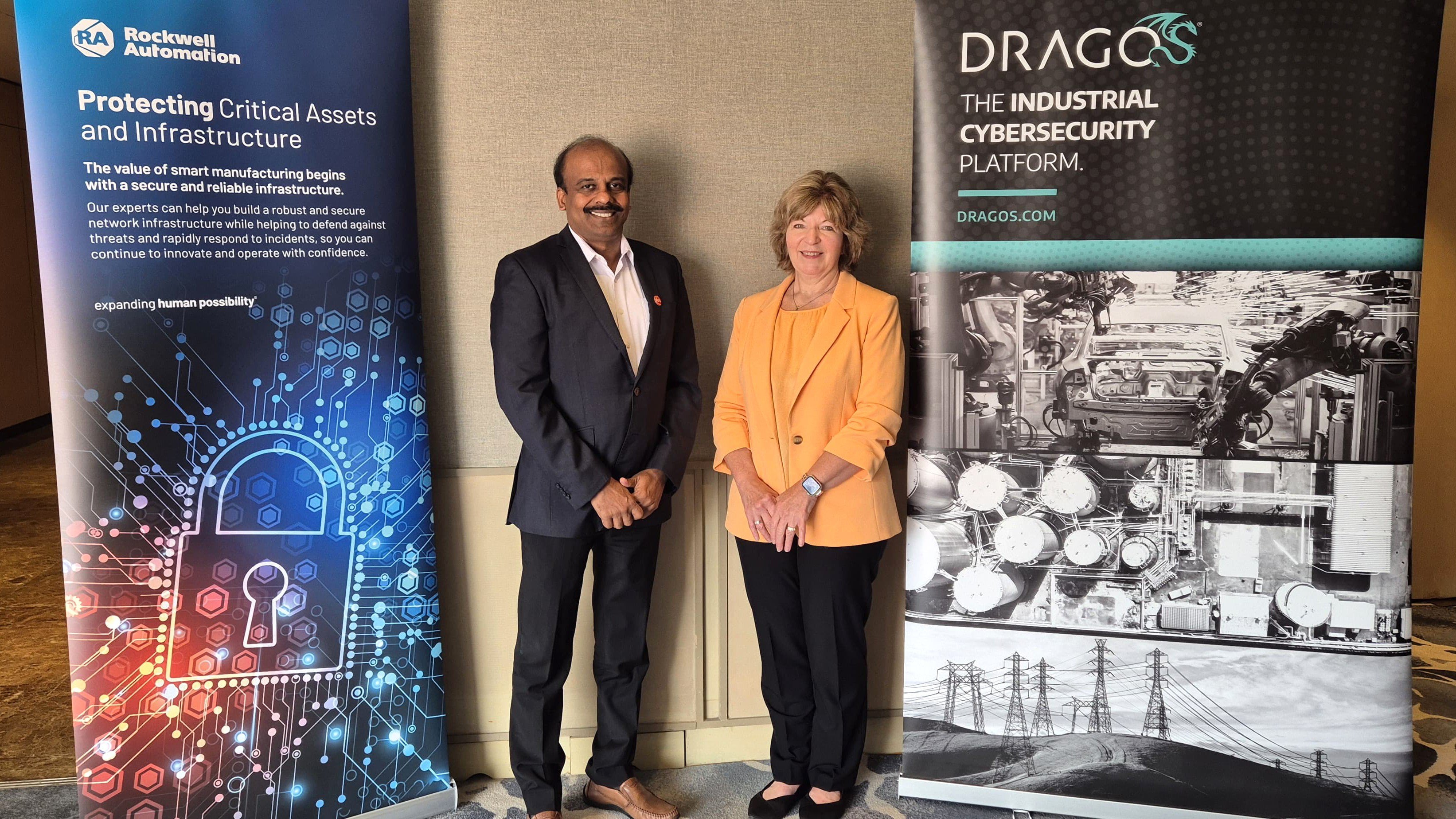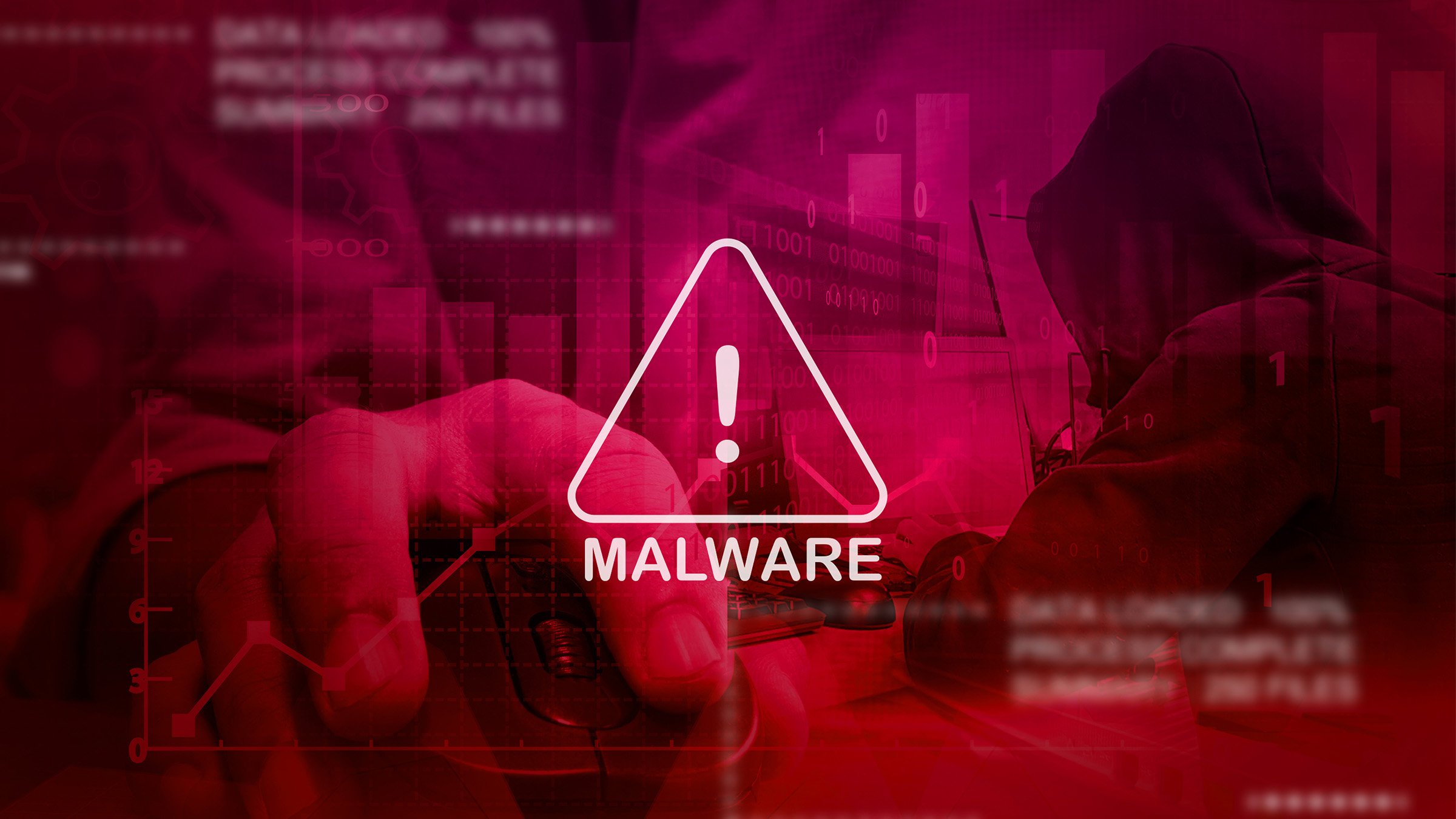Unfortunately, as technology evolves, IT and OT convergence becomes inevitable. “From ERP systems to using the cloud for analytics and advanced manufacturing for productivity, organizations can no longer airgap their platforms for competitive reasons,” says Cappelli.
There’s also the issue of greater risk and regulatory compliance, adds Inbavanan. Data collection used to be a manual process. However, as companies today take advantage of the convenience and business advantages of the cloud and digital systems, they must ensure that their security teams remain on top of the evolving threats and vulnerabilities associated with cloud environments. Teams must constantly stay informed about the latest security tools and know best practices to mitigate risks and respond effectively to potential attacks.
Cappelli adds that sometimes, the risk comes from trusted third parties. For example, businesses utilize service providers and systems integrators for new and ongoing plant operations. Unfortunately, some of these trusted third parties often do not understand OT cybersecurity and may put operations at risk. For example, malware can be transferred into the plant via their USB drives, or when they remotely connect with the plant using mechanisms that are not secure. In fact, often they are the ones who implement remote access to the plant, without ensuring that access is configured securely. Such instances could magnify cybersecurity risks.
Why traditional IT security practices don’t apply to OT environments
Just as increased connectivity boosts operational efficiency, it opens up new pathways for cyber attackers to infiltrate OT and Industrial Control Systems (ICS). Industries face the challenge of balancing day-to-day operational reliability and efficiency against the threat of cyberattacks, which can have devastating consequences.
Unlike IT systems, where software and hardware are regularly updated to address security threats, OT systems pose their own unique challenges, requiring a unique approach to infrastructure security. This is largely due to the need to maintain continuous plant operations, limitations of legacy equipment, and complexity of the OT environment. As a result, OT devices and operating systems tend to become outdated over time, creating vulnerabilities in critical infrastructure that cybercriminals can exploit.
Cappelli suggests that organizations should consider the SANS Five Cybersecurity Critical Controls for Industrial Control System for a preventive cybersecurity program. The five ICS controls, she says, are critical to any industrial organization:
- An ICS-specific incident response plan
- A defensible architecture
- ICS network security monitoring
- Secure remote access / MFA
- Risk-based vulnerability management program


